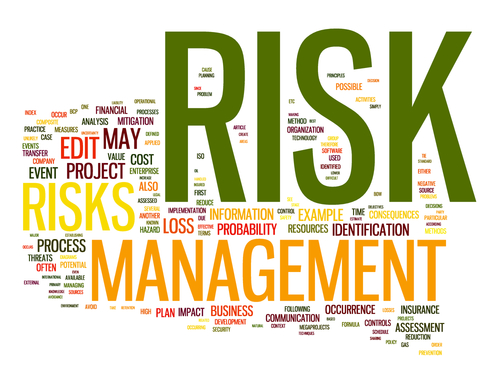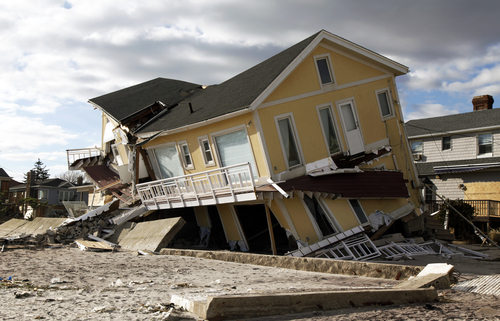The Insurance Industry Charitable Foundation (IICF) held its annual benefit dinner last night at New York’s Waldorf Astoria hotel. The star-studded night for a good cause featured several speakers, including:
- David Brinkman, chairman of the board for IICF
- Paula Zhan, host and executive producer of “On the Case with Paula Zhan” and co-host of “NYC-ARTS”
- Hank Watkins, president of Lloyd’s America, Inc.
- Mark Teixeira, first baseman for the New York Yankees
- Joe Torre, Major League Baseball’s executive vice president for baseball operations
- Brian Duperreault, president and CEO of Marsh & McLennan Companies
- Mike McGavick, CEO of XL Group
David Brinkman opened the evening with remarks about the foundation’s year of giving, noting that the IICF has __ 16 grants in the tri-state area in 2012 and was able to raise an astounding $50,000 to be given to the Red Cross for Hurricane Sandy relief efforts. “What the general public may not realize is that, in addition to claims paid, our industry is generous with philanthropy,” said Brinkman.
Paula Zhan entertained the crowd with stories of her years spent interviewing notable world figures, including Fidel Castro, Princess Diana and Pete Rose. On a more serious note, she explained how Alzheimer’s has affected her family and how, through her work with the Alzheimer’s Drug Discovery Foundation, she is helping to raise awareness for the dibilitating disease, which costs the U.S. more than $200 billion annually.
Hank Watkins took the stage to announce that the dinner raised more than $1.3 million. “With this night, we’re able to help thousands of people make their way through challenging times,” he said.
Mark Teixeira gave the crowd a good laugh by mentioning the Hurricane Sandy benefit concert happening at the same time as the IICF benefit dinner (and just a few blocks away). “If you guys want to spend $500 to see a bunch of aging stars, just go to a Yankees game.” Well done, Mr. Teixeira. Having captured the crowd’s attention, he talked about his foundation, DreamTeam25, which has partnered with Harlem RBI to “provide inner-city youth with opportunities to play, learn and grow using the power of teams to coach, teach and inspire youth to recognize their potential and realize their dreams,” he explained.
Joe Torre was welcomed by Yankees and Red Sox fans alike as he told the crowd about his Safe at Home Foundation, which educates to end the cycle of domestic violence and save lives. Torre explained how he witnessed his father’s physical abuse towards his mother and emotional abuse towards himself and his siblings. The experience inspired Torre and his wife to create the foundation in 2002.
Closing out the night was Mike McGavick of XL insurance — the honoree of the night. McGavick accepted the award on behalf of XL and reminded those in attendance that giving, and being a part of a community, is what life is about. “As Adam Smith asked, ‘How can self-interest be married to the communite’s interest?’ Or as David Hume said, ‘We must do well by others or we will eventually be harmed.’ Those ideas are perfectly merged. We must look to our community. Because of our [industry’s] peculiar focus on the nightmares in this world, we truly understand the pain and need that’s out there.”


